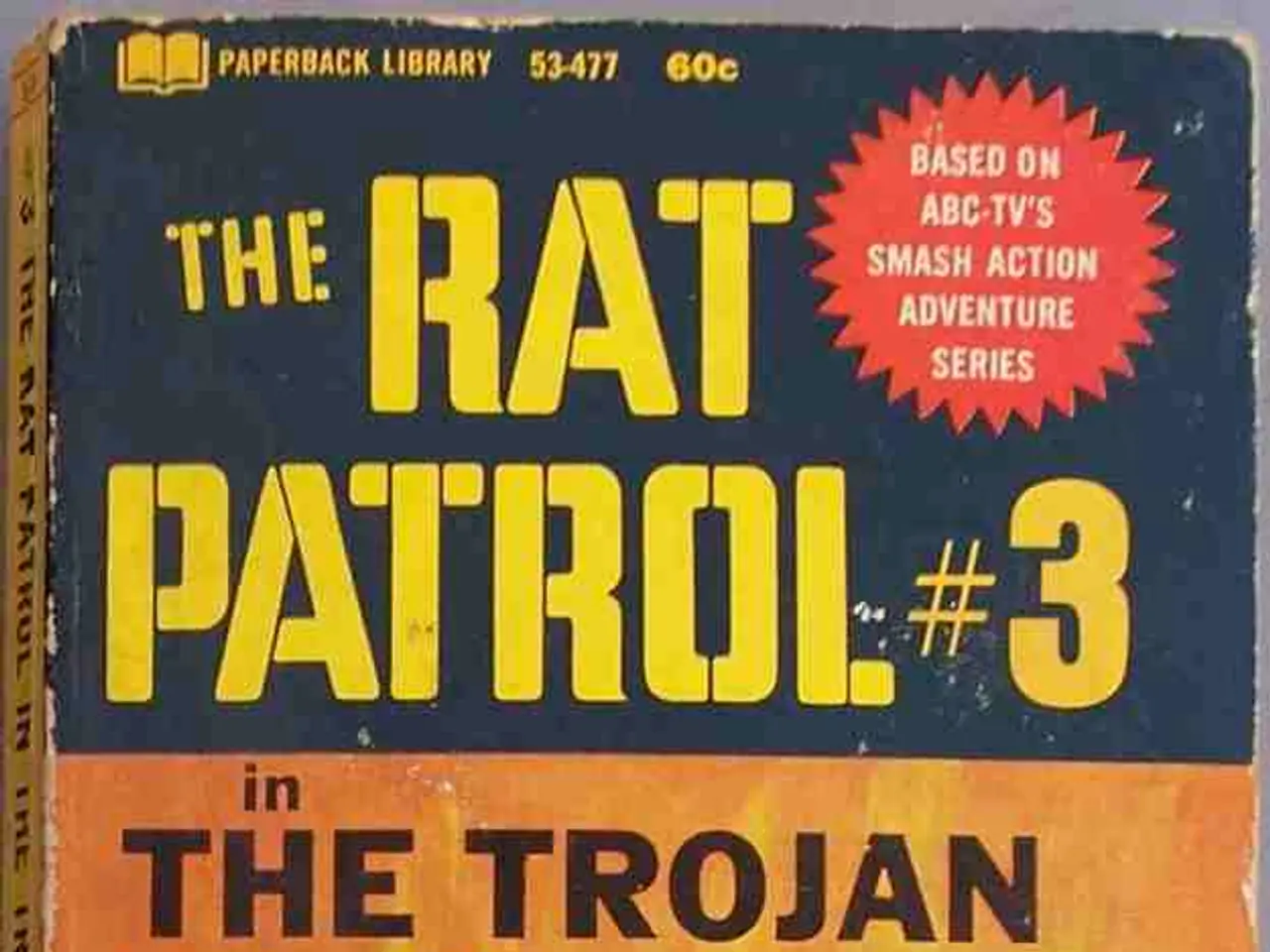U.S. Air Force Acquires Two Tesla Cybertrucks for Research Purposes - Destruction Training Included
US Air Force to Use Tesla Cybertrucks as Missile Targets for Advanced Training
The United States Air Force has announced plans to use Tesla's Cybertrucks as missile targets in training exercises, reflecting a growing interest in simulating modern technological threats on the battlefield. The unique design and unpainted stainless steel exoskeleton of the Cybertruck make it notably resistant to typical damage, mirroring a realistic threat that adversaries may use such vehicles in future conflicts [1][2][4].
This decision is part of the U.S. Special Operations Command’s Standoff Precision Guided Munitions (SOPGM) program, which includes precision air-launched weapons like the AGM-114 Hellfire, AGM-176 Griffin missile, GBU-39/B Laser Small Diameter Bomb, and others. These munitions are designed for highly accurate strikes with minimized collateral damage. Using Cybertrucks as targets helps validate and enhance the performance of these advanced munitions against plausible enemy vehicles—reflecting a shift in potential battlefield vehicle profiles due to Tesla’s futuristic and durable design [2][3].
The contract, posted by the Air Force, includes the procurement of 33 target vehicles, including 2 Tesla Cybertrucks. The contract also involves tests and training, including Standoff Precision Guided Munition (SOPGM) training and tests. The Air Force requires the Cybertrucks to have functioning wheels, intact bodywork, glass, and mirrors, but the supplier must drain all fluids from the Cybertrucks before delivery [4].
The Air Force's assessment of Cybertrucks as unusually hardy may be surprising, given Tesla's reported issues with rust, parts falling off, software glitches, faulty drive inverters, and inadequate adhesive. However, the Cybertrucks' lithium-ion batteries are known to burn fiercely, which could potentially be a concern for the Air Force [5].
Why Cybertrucks? Their angular, stainless steel build and growing battlefield relevance make them a representative target for training against future threats that might involve similar robust electric vehicles [1][4].
Significance of SOPGM and missile training: This training sharpens the use of precision-guided munitions against small, potentially hard-to-damage, but high-value targets, ensuring special operations forces can neutralize emerging vehicle threats effectively and with minimal collateral damage [2][3].
This approach exemplifies how the military is adapting to evolving battlefield realities by simulating modern technological threats, moving beyond generic vehicle targets to those reflecting advanced, adversary-capable platforms. The contract also includes the procurement of 5 SUVs, 5 pickup trucks, and 3 Bongo trucks, as well as 18 sedans with sunroofs, 6 white, 6 black, and the rest blue or green [4].
The software industry could find applications in creating advanced AI systems for predicting and analyzing potential threats presented by future automotive technologies encountered in battlefields, such as Tesla's Cybertrucks [6].
The finance industry might take interest in the R&D expenses and profits generated by the AI sector in the technology and automotive industries, as they contribute to military weapon systems development, such as Tesla's Cybertrucks being used as missile targets [7].
The transportation industry may observe the use of Tesla's Cybertrucks as missile targets as an indication of rapid advancements in vehicle technology and heralding the integration of durable electric vehicles in transportation, military, and civilian contexts [8].




